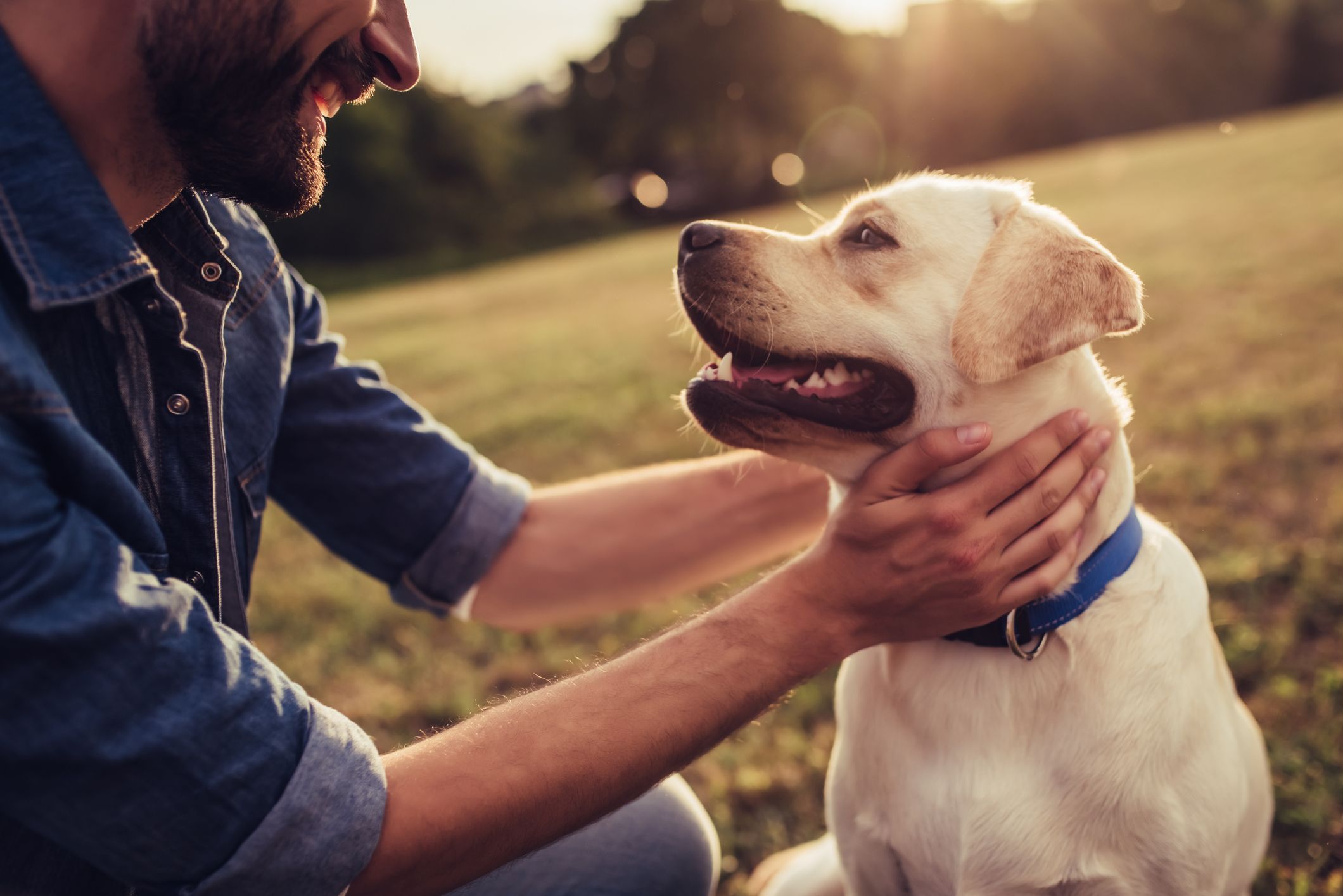No products added!
Keeping Your Dog Under Control in Public
Taking your dog out in public can be a rewarding experience for both you and your pet. However, it’s essential to keep your dog under control to ensure the safety of others, protect your dog, and make the outing enjoyable for everyone. Here are some tips and strategies for managing your dog effectively in public settings.
1. Train Basic Obedience Commands
Before venturing into busy public spaces, your dog should be well-trained in basic obedience commands such as “sit,” “stay,” “come,” and “heel.” These commands allow you to communicate with your dog and control its behavior, especially in unfamiliar or distracting environments.
Key Commands to Teach:
- Sit: Helps your dog remain calm in crowded spaces.
- Stay: Prevents your dog from wandering off or approaching others without permission.
- Heel: Keeps your dog walking closely beside you, avoiding pulling on the leash.
- Come: Ensures your dog returns to you promptly, even when distracted.
2. Use a Leash
In most public areas, dogs are required to be on a leash for safety reasons. A leash gives you physical control over your dog’s movements, preventing them from running into danger or approaching strangers. The leash should be strong, secure, and the right length to allow control without restricting your dog too much.
Leash Tips:
- Choose the Right Leash: Standard 4-6 foot leashes are ideal for better control.
- Avoid Retractable Leashes in Crowds: These can lead to less control, especially in busy areas.
- Ensure the Leash is Secure: Regularly check the leash and collar or harness for wear and tear.
3. Practice Socialization
A well-socialized dog is more comfortable and less likely to become overwhelmed in public. Socializing your dog involves exposing them to different people, environments, sounds, and other animals in a controlled and positive manner. This reduces anxiety and the risk of your dog reacting aggressively or fearfully in new situations.
How to Socialize:
- Introduce Gradually: Start with quiet areas and gradually expose your dog to busier settings.
- Reward Positive Behavior: Offer treats and praise when your dog remains calm around new stimuli.
- Monitor Reactions: If your dog seems anxious or aggressive, remove them from the situation and try again later.
4. Avoid Over-Stimulation
Dogs can become overstimulated in crowded or noisy areas, leading to unpredictable behavior. It’s important to recognize signs of overstimulation, such as excessive barking, pulling on the leash, or pacing. If your dog seems overwhelmed, take them to a quieter area to calm down.
Signs of Over-Stimulation:
- Panting or drooling excessively
- Barking or whining
- Tail tucked or body tense
- Difficulty following commands
Solutions:
- Take Breaks: Find quiet spots where your dog can relax and regroup.
- Offer Water: Ensure your dog stays hydrated, especially in hot weather.
- Keep Outings Short: Gradually increase the duration of public outings to avoid overwhelming your dog.
5. Respect Others in Public
Not everyone is comfortable around dogs, so it’s important to respect personal space when in public. Ensure your dog doesn’t jump on people, chase children, or approach other dogs without permission.
Etiquette Tips:
- Ask Before Approaching: If someone wants to pet your dog, ensure they ask first, and only allow it if your dog is calm.
- Keep Distance from Other Dogs: Some dogs may not be friendly or social. Always ask the other owner before allowing your dog to approach another dog.
- Clean Up After Your Dog: Always carry waste bags and pick up after your dog in public spaces.
6. Use Proper Restraints in Cars
If you’re taking your dog to a public area by car, make sure they’re properly restrained during the trip. This prevents them from distracting the driver and ensures safety in case of sudden stops or accidents.
Restraint Options:
- Dog Seat Belts: Attach to the car’s seat belt system to keep your dog secure.
- Crates or Carriers: Provide a confined, comfortable space for your dog during the journey.
7. Know When to Avoid Public Spaces
If your dog is overly reactive, anxious, or aggressive in public, it may be best to avoid crowded areas until further training is completed. It’s important to recognize your dog’s limitations and not put them in situations where they may feel stressed or act out.
Training Considerations:
- Consult a Professional: If your dog shows signs of aggression or severe anxiety, a professional trainer or behaviorist can help develop strategies to improve their behavior in public.
- Practice Desensitization: Gradual exposure to stressful environments can help your dog adjust over time.
8. Keep Identification on Your Dog
Accidents can happen, and even the most well-behaved dogs may slip away. Always ensure your dog has proper identification, including a collar with an ID tag and a microchip. This will make it easier to reunite with your dog if they get lost.
Identification Essentials:
- ID Tags: Include your name, phone number, and any important medical information.
- Microchipping: A permanent form of identification that can help locate your dog if they’re lost.
Conclusion
Keeping your dog under control in public is a combination of proper training, effective use of equipment, and understanding your dog’s behavior. By practicing these techniques, you can ensure that your dog is safe, well-behaved, and enjoys outings in public spaces.

